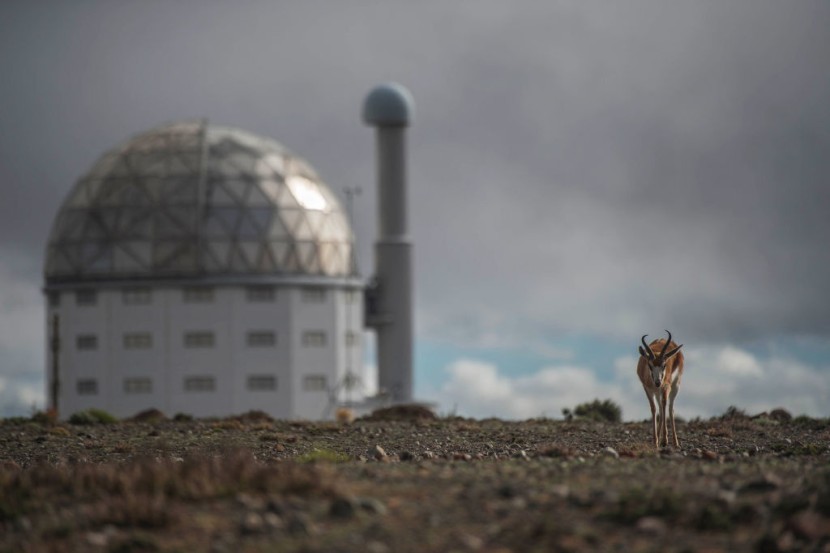
Construction has begun on the SKA Observatory, the world's largest radio observatory that is funded and supported by several countries and sports two massive telescopes, one in Australia and another in South Africa.
The construction is considered one of the grand scientific projects of the 21st Century and the first phase is expected to be finished in 2028. The Square Kilometer Array (SKA), which is split across Australia and South Africa and has its headquarters in the UK, seeks to address the biggest questions in astrophysics.
SKA Observatory
The observatory will be responsible for performing the most precise tests of Albert Einstein's theories and even work to locate extraterrestrial life. In the remote Murchison shire in Western Australia and in the Karoo of South Africa's Northern Cape, delegations from eight nations who are leading the project will attend ceremonies marking the event.
After the ceremonies, the bulldozers will start with the construction of the observatory. The director general of the Square Kilometer Array Organization, Prof. Phil Diamond, said that this is the moment that it becomes real, as per BBC.
Diamond said that the project has been a 30-year-long journey where the first decade was all about developing the concepts and ideas for the project. The second decade was set aside for developing the technology needed for the project. And the last decade was all about detailed design, which included securing the sites, getting governments to agree to help in setting up a treaty organization (SKAO) and providing funds to begin the project.
The initial architecture of the observatory's telescope will incorporate just under 200 parabolic antennas, or what experts call "dishes," as well as 131,000 dipole antennas, which have similar looks to Christmas trees.
According to Nature, the SKA Observatory will collect the radio signals emitted by celestial objects and hopefully provide more information on some of the most enigmatic questions in astronomy, including the nature of dark matter and how galaxies are formed.
World's Largest Telescope
Astronomers and local communities will also be part of the celebrations over the milestone on Monday. The director of the telescope being built in South Africa, Lindsay Magnus, who is based in Cape Town, South Africa, said that they were basically setting the foundation of the instrument for the next five decades.
It was decided in 2012 that the initially conceived single giant telescope would involve two separate instruments. The large distances between the observatory's antennas, and their sheer number, mean that the telescopes, known as SKA-Mid in South Africa and SKA-Low in Australia, will pick up radio signals with unprecedented sensitivity.
SKA-Low will be responsible for detecting frequencies between 50 megahertz and 350 megahertz while SKA-Mid will detect those between 350 megahertz and 15.4 gigahertz.
The site of the observatory is located within Inyarrimanha Ilgari Bundara, the CSIRO Murchison Radio-astronomy Observatory. The name means "sharing sky and stars" and was given by the traditional owners and native title holders of the observatory site, the Wajarri Yamaji.
The observatory and its instruments will allow astronomers to peek into the very beginning of the Universe when the first stars and galaxies were formed. That crucial period in time, which is more than 13 billion years ago, is known as the "cosmic dawn," when stars and galaxies began to form, bringing light into the cosmos for the first time, The Conversation reported.
Related Article: Cosmic Beam of Light Caused by Supermassive Black Hole Devouring Star 8.5 Billion Light-Years Away
© 2025 HNGN, All rights reserved. Do not reproduce without permission.








